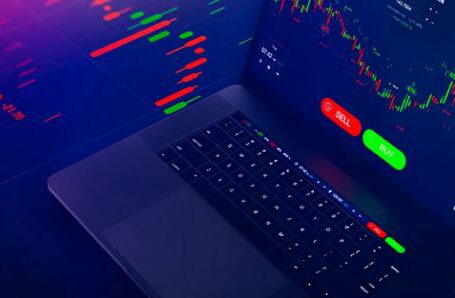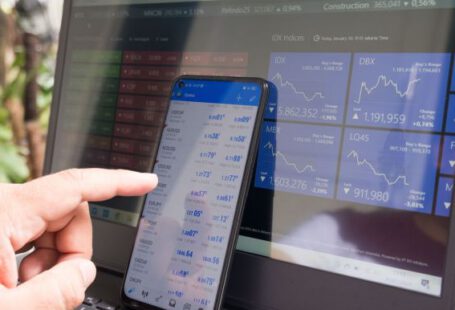Trading in the financial markets can be a challenging endeavor. With so much information and data available, it can be overwhelming for traders to make informed decisions. That’s where trading indicators and tools come into play. These powerful instruments help traders analyze market trends, identify potential trading opportunities, and make more accurate predictions. In this article, we will explore the different types of trading indicators and tools and how they can be used effectively.
Trend Indicators: Riding the Wave
Trend indicators are one of the most commonly used tools in trading. They help traders identify the direction of the market and determine whether it is trending up or down. Moving averages, for example, are a popular trend indicator that smooth out price data over a specific period of time. Traders often use moving averages to confirm the overall trend and to spot potential entry or exit points.
Volatility Indicators: Measuring Market Swings
Volatility indicators measure the rate at which the price of an asset rises or falls. They help traders identify potential price swings and gauge the market’s level of uncertainty. Bollinger Bands, for instance, are a popular volatility indicator that consists of a moving average and two standard deviation bands. When the price of an asset reaches the upper or lower band, it indicates a potential reversal or a continuation of the trend.
Oscillators: Timing the Market
Oscillators are indicators that help traders identify overbought or oversold conditions in the market. They provide valuable information about the strength of a trend and can help traders time their entries and exits more effectively. The Relative Strength Index (RSI) is a widely used oscillator that measures the speed and change of price movements. When the RSI reaches overbought levels (above 70), it suggests that the market may be due for a correction. Conversely, when the RSI reaches oversold levels (below 30), it indicates a potential buying opportunity.
Volume Indicators: Analyzing Market Participation
Volume indicators measure the number of shares or contracts traded in a given period. They provide insights into market participation and can help traders confirm the strength of a trend. The On-Balance Volume (OBV) indicator, for example, adds volume on up days and subtracts volume on down days. A rising OBV suggests buying pressure, while a falling OBV indicates selling pressure. Traders often use volume indicators to confirm the validity of a trend and to spot potential reversals.
Support and Resistance Levels: Key Price Levels
Support and resistance levels are horizontal lines that traders draw on a chart to identify areas where the price of an asset is likely to find support or encounter resistance. These levels are based on historical price data and are considered significant because they represent levels where buyers and sellers have previously entered or exited the market in large numbers. Traders often use support and resistance levels to set stop-loss orders and to identify potential profit targets.
In conclusion, trading indicators and tools are essential for traders to make informed decisions in the financial markets. From trend indicators to oscillators, each tool has its own unique purpose and can provide valuable insights into market dynamics. By understanding how these tools work and how to interpret their signals, traders can increase their chances of success and improve their overall trading performance. So, whether you are a beginner or an experienced trader, make sure to leverage these powerful instruments to your advantage.





